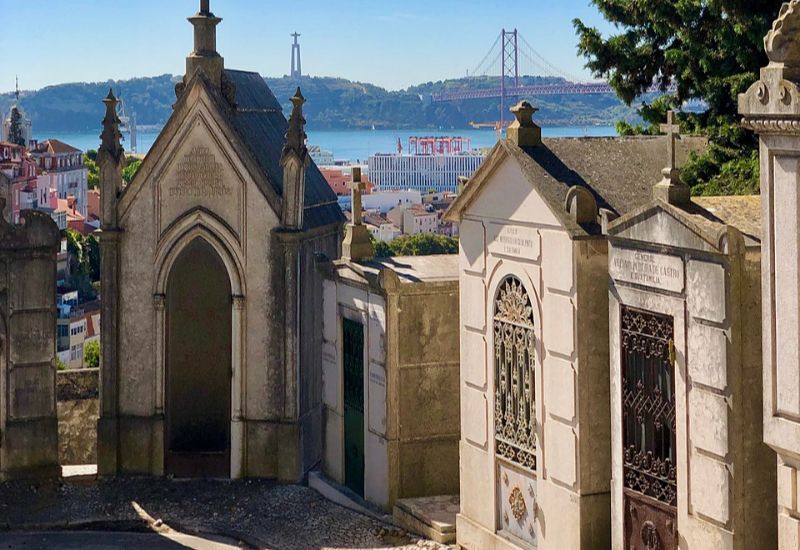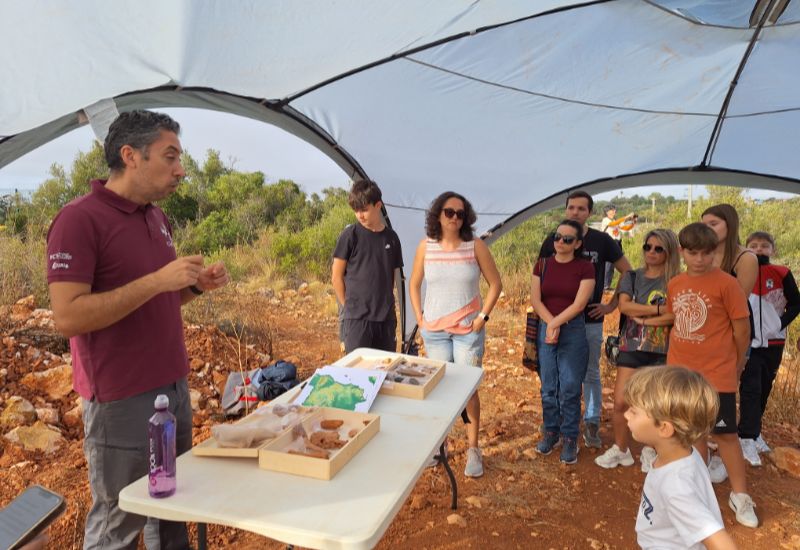It’s that time of year again, when ghosts and ghouls come out to play. To get you in the Halloween spirit, let’s delve into this year’s five most haunted locations across Portugal.
* These stories are based on local legend and should be treated as such.
The Cemitério dos Prazeres – Lisbon
Main image: The Cemitério dos Prazeres by Sonse (licensed under the Creative Commons Attribution 2.0 Generic license).
Sitting on the edge of the windy streets of Estrela in western Lisbon is the Cemetery of Prazeres, one of the city’s most famous burial sites. Founded in 1833, it was established in response to a devastating cholera outbreak and originally named the Cemitério Ocidental de Lisboa (Western Cemetery of Lisbon). Known for its aristocratic clientele, the cemetery was designed with an exclusive layout to house mausoleums and family crypts. Spanning 12 hectares, it’s considered one of the most beautiful cemeteries in Europe. It is also the location of the Mausoleum of the Dukes of Palmela. Built in 1849 and inspired by Solomon’s Temple, it is the largest private funerary monument in all of Europe. However, some who pass the mausoleum say they feel watched, uneasy, and even sick. Others mention a dark entity being attached to the mausoleum, guarding it with tremendous force.
While many visit the cemetery out of interest, others come from beyond the grave. There are reports of a veiled woman who has been seen walking solemnly between the tombs, clutching a rosary and murmuring prayers. If you approach her, she vanishes, leaving behind only the faint scent of lilies.
One of the most talked-about tombs features a carved musical score on its wall. Visitors claim to hear faint piano notes drifting through the air, especially at dusk, despite there being no instruments nearby. Others report experiencing a cold spot near the tomb even on warm, sunny days. So, whilst a walk through one of Lisbon’s most historic cemeteries may be a cultural experience, you might not be walking alone.
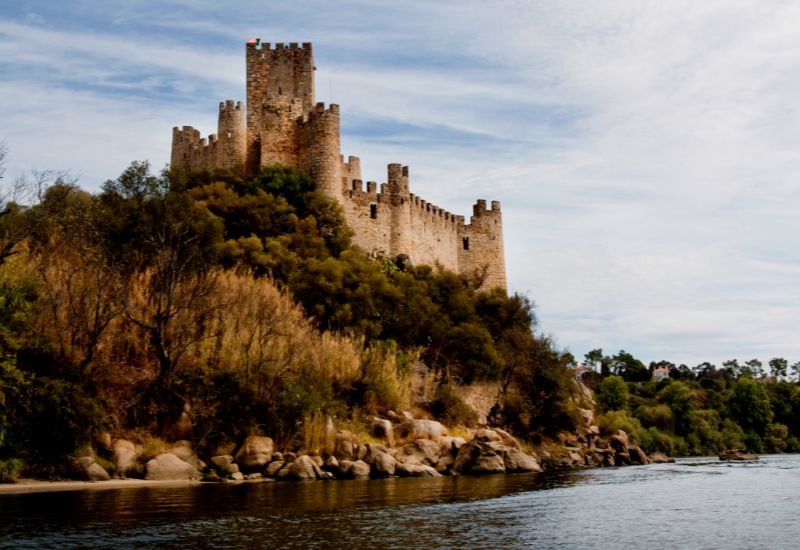
Almourol Castle – Santarém
The small, isolated medieval castle sitting on an island in the middle of the Tagus River, in Vila Nova da Barquinha, is a peaceful spot for a picnic, or so I thought during my travels around the area two years ago. Little did I know that this historic castle, just 62 km from Santarém, has a story so sad that it could be the original tale of Romeo and Juliet but with a ghostly twist.
According to legend, the castle, used for tax collection along the Tagus River, was once home to the ruthless knight Dom Ramiro and his family. One evening, when returning to the castle from a war campaign, he found two beautiful women, a mother and her daughter, near the castle gates. They were waiting to offer gifts of fresh water to the leader, in recognition of his war efforts. When Dom Ramiro asked the young girl to come forward, she hesitated in fear and dropped the jar of water on the floor. Enraged, Ramiro killed the two women without hesitation.
However, unbeknownst to Ramiro, hiding nearby and watching the atrocities unfold was the 11-year-old son and brother of the murdered women. Upon finding the young boy hiding near the castle and realising that he had been caught red-handed, Ramiro immediately took him captive as the boy broke his silence, swearing that he would take revenge on Ramiro’s wife and daughter.
The boy would later poison the knight’s wife in revenge, but was unable to kill Ramiro’s beautiful daughter Beatriz, for he had fallen in love with her. The star-crossed lovers feared they could never be together, for Dom Ramiro had already found a fitting nobleman who had promised to take the hand of his daughter in marriage. And so, the two lovers fled the castle without a trace, leaving Dom Ramiro to die a victim of grief in the castle alone. From then on, the Castelo de Almourol lay abandoned and fell into ruin.
It is said that on the eve of the Feast of St. John (23 June), ghostly apparitions of Beatriz and her lover appear embracing in the castle’s tower window, whilst the eerie sight of Dom Ramiro has been reportedly seen begging on his knees for forgiveness and bellowing out a loud cry, only to be answered by the young lover in a harsh tone, reminding him that it was he who had caused the curse.
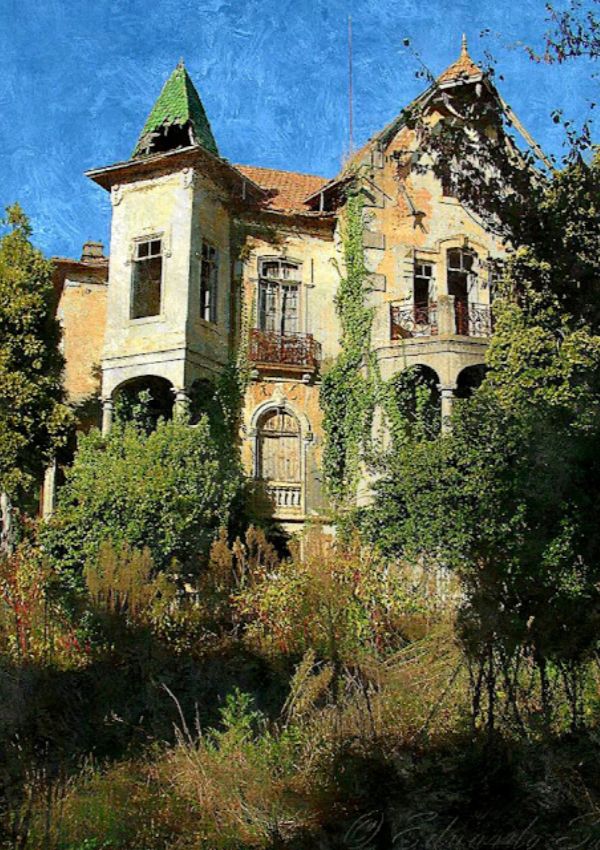

Quinta da Pauliceia – Águeda e Borralha
Situated in the parish of Águeda e Borralha, 80 km south of Porto, is the stately home of Quinta da Pauliceia. Built in the late 1800s, it was owned by the Carneiro family, who were of Portuguese-Brazilian origin, and was named after the Brazilian municipality of Pauliceia in São Paulo. The quinta was every part the lavish family home, with spacious rooms, extravagant furniture and picturesque gardens. Shortly after the Carneiro family acquired the house, they temporarily moved to São Paulo, Brazil. It was there that Neca Caneiro was born in September 1907. Eventually, the family and their newborn son would return to Quinta da Pauliceia, unaware of the fate awaiting them.
Tragically, the 1918 pneumonic flu that swept across the country killed all but one of the family. Neca Caneiro, the youngest member, survived and continued to live in the house, later becoming a prominent figure in the community, promoting sports and culture. He founded the region’s fire department and became its director. By c. 1930, he had married a young woman by the name of Ester; however, the couple did not have any children by the time Neca’s life was cut short. He died in 1944, at the age of 37. After his death, his widow fled, leaving the house abandoned. Some say this was due to a taxation disagreement between the Portuguese and Brazilian authorities, but others say that the house may have some unearthly secrets hidden within its walls, which might explain Ester’s swift exit.
A local caretaker noticed strange goings on in the abandoned house: lights flickering on and off, heavy, loud footsteps dragging along the wooden floorboards, and the sound of laughter coming from the parlour room. On one occasion, the caretaker noticed a string of horses galloping across the field, despite the fact that horses hadn’t been kept on the estate for decades.
In recent times, a group of urban explorers who decided to investigate the house noticed the sound of a piano playing, yet inside no piano could be found. One of the members of the investigation team also reported feeling her hair being tugged in the master bedroom even though she was in the room alone.
With numerous stories circulating about the Carneiro house, it makes one wonder, why did the widow of Neca Carneiro make such a hasty retreat? Was it because of a tax disagreement, or was it because of something else?
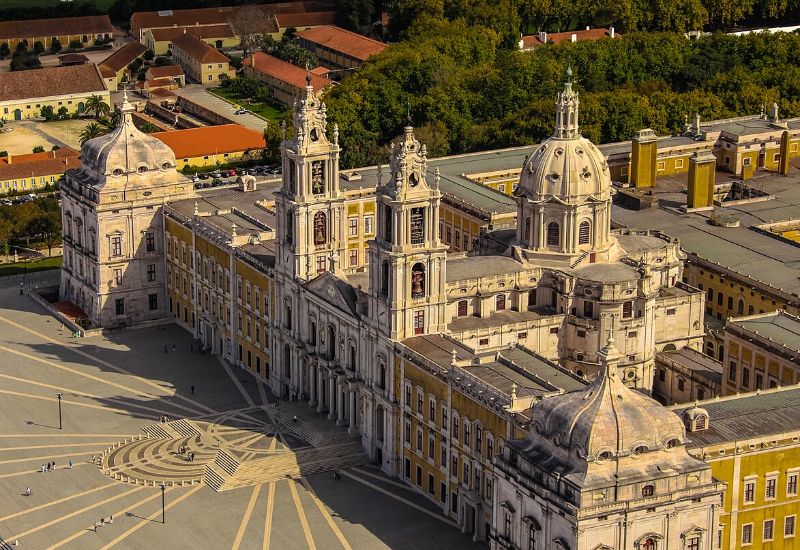
Mafra Palace – Mafra
The Royal Convent and National Palace of Mafra is, in my view, one of the most beautiful buildings in Portugal. Commissioned by King João V in 1711 as a vow to God for the birth of his first child, Princess Maria Bárbara of Portugal, the building served as both a royal residence and a Franciscan monastery, housing 300 friars.
According to legend, during the construction of the palace-convent, over 50,000 workers were employed for the monumental build. Sadly, the strenuous work claimed the lives of some 1,400 men, including two brothers who died under mysterious circumstances. Some say they were crushed by a falling boulder, others say they were involved in a fight over a woman, or maybe wages. Whatever the reason, the brothers were entombed beneath the altar steps, either as a mark of respect or to hide the truth of their deaths.
Visitors claim to feel a cold draught near the steps, and some report hearing soft thuds or muffled cries echoing from beneath the stone steps. Some visitors have got more than they bargained for, reportedly hearing the eerie sounds of monks chanting in the basilica late at night, even though the building is empty. It is believed that these are the echoes of the friars who once lived and died within its walls. It’s not only the friars whose spirits may be watching over Mafra Palace. Within its grand library, visitors and staff have witnessed a shadowy figure moving among the shelves, rearranging books and whispering in Latin. Some say this is the ghost of the phantom librarian, whilst others believe it could be the soul of a disgruntled friar. If, however, you don’t bump into the shadow-man, you might just get a fright from a two-winged creature that nests in the rafters, as the library is said to be protected by a colony of bats.
With stories of frights and ghostly goings on, the most well-documented apparition is of the headless military officer who tragically died in the armoury chamber. His headless apparition is said to roam the long corridors at night, with staff saying they could hear the sound of heavy footsteps echoing through the halls with no visible source. Would you be willing to spend the night in this opulent palace?
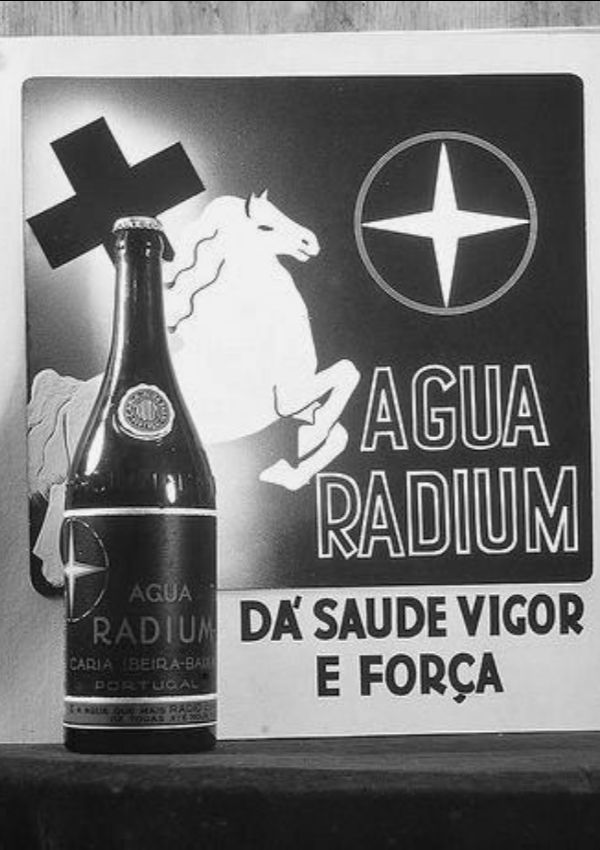
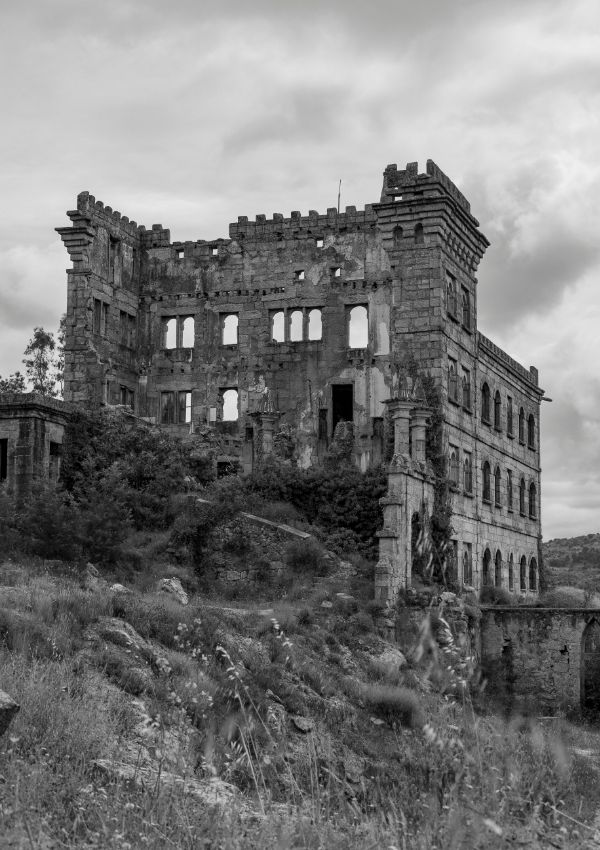
Termas de Agua Radium – Sortelha
Nestled in the foothills of the Serra da Pena, in the village of Quarta-Feira, near Sortelha in central Portugal, is the Hotel da Serra da Pena, or the Thermal Radium Hotel. This spa resort for people who suffered from skin conditions created Portugal’s own version of Chernobyl. It was built between 1910 and 1920 by the Spanish Count Dom Rodrigo, who, after hearing about the magical waters of the Serra da Pena, was looking for a way to treat his daughter’s skin disorder and help others in the same predicament. The granite-built hotel was known for its luxurious interior and boasted 90 large bedrooms, capable of housing up to 150 people. Back in its heyday, it was the place to go with its “cutting-edge treatments”, including hydrotherapy and mud baths.
Now abandoned, the spa was known for its natural spring waters from the Serra da Pena, which supposedly contained healing properties. Unbeknownst to them at the time, this radioactive treatment was deadly! At the 1927 Lyon Congress, the hotel proudly described the waters of the Serra da Pena as one of the most radioactive in the world. The spa eventually closed down in c. 1945, after it was discovered that radioactive waters weren’t so healing after all. The exact reason why the waters were radioactive was possibly due to a nearby uranium mine that had leaked into the water table, causing radium poisoning and the death of many of its residents and nearby locals.
Today, the spa is slowly being reclaimed by nature, but brave adventurers have encountered ghostly apparitions and screams allegedly from the unfortunate souls its ‘healing’ waters had killed.


